Choosing the perfect tub for your bathroom can be a chore. And with the various materials now available, it is full time that one learns about those options and the consequences they inflict on the aesthetic value and functionality of your bathtub. For 2025, acrylic bathtubs are popular-but not the sole option. Knowing the differences in these materials of bathtubs will install new bathrooms or change an old worn-out one to make it a lot easier in decision-making for your house.
We will give a full rundown of the most common materials used to make bathtubs, including pros, cons, and costs. From super-budget-friendly fiberglass to ultra-luxurious stone resin and copper, we will provide you with all the details to make your decision truly informed.
The Rise of Acrylic Bathtubs
Why Acrylic Leads the Market
Acrylic bathtubs have gained popularity over the years, and for good reason. With an ideal balance of durability, affordability, and design flexibility, acrylic is bound to keep leading the bathtub market.
· Superior Durability and Longevity: Acrylic is a robust material that can last many years when properly maintained. It's resistant to cracks and chips, making it an excellent option for long-term use.
· Excellent Heat Retention Properties: Acrylic bathtubs retain heat well, allowing for longer, more comfortable soaks.
· Lightweight Yet Sturdy Construction: Acrylic is much lighter than options like cast iron, making it easier to handle during installation.
· Wide Range of Style Options: Acrylic is versatile and can be molded into various shapes and sizes, making it suitable for different bathroom designs.
· Cost-Effective Maintenance: Acrylic is easy to maintain with regular cleaning. It's also resistant to staining and can be refinished if necessary.
Acrylic Bathtub Construction
Acrylic bathtubs are typically constructed with multiple layers for strength and durability. These layers include:
· Reinforced with Fiberglass: Many acrylic bathtubs are reinforced with fiberglass for additional strength and support.
· Non-Porous Surface: Acrylic's non-porous nature prevents bacteria and mold growth, making it more hygienic and easier to clean.
· Color-Through Material: Acrylic bathtubs are often made from color-through material, meaning the color is integrated throughout the tub, not just on the surface.
· Impact-Resistant Design: Acrylic is tough against minor impacts and scratches, maintaining its integrity over time.
Benefits of Choosing Acrylic

Acrylic offers several benefits that make it a top choice for homeowners:
· Easy Cleaning and Maintenance: Acrylic bathtubs are non-porous, making them resistant to mold and mildew buildup. A simple wipe-down is typically all that's needed.
· Resistant to Scratches and Chips: Acrylic's surface can resist minor damage, ensuring it remains in excellent condition for years.
· Maintains Color Over Time: Acrylic bathtubs don't discolor or fade like other materials, making them an enduring choice.
· Comfortable Surface Temperature: Acrylic tubs are comfortable to touch, retaining heat longer and staying warm during a bath.
· Versatile Design Options: From freestanding to alcove, drop-in, and corner designs, acrylic can be molded into nearly any shape or style you desire.
Traditional Cast Iron Tubs
Durability and Longevity
Cast-iron bathtubs have been sold for over a century and boast of their classic style; their exceptional durability is an assurance. Less popular than acrylic, these tubs are still one of the best options for those who wish to experience a more traditional, luxurious feel.
· Century-Plus Lifespan Potential: Cast iron bathtubs can last for 50 years or more with proper care.
· Exceptional Stability: Cast iron is highly stable and resistant to shifting or tilting over time.
· Scratch-Resistant Surface: Cast iron's enamel coating is highly resistant to scratches, ensuring the tub retains its smooth surface.
· Classic Appearance: Cast iron tubs are known for their timeless look and often feature elegant details like claw feet or a vintage-inspired design.
· Superior Heat Retention: Cast iron tubs are excellent at retaining heat, keeping the water warmer for extended periods.
Installation Considerations
While cast iron tubs are durable, they come with a few considerations that may make installation more challenging:
· Significant Weight: Cast iron is incredibly heavy, requiring additional floor reinforcement to support the tub's weight.
· Floor Reinforcement Needs: Depending on your bathroom structure, you may need to reinforce the floor to prevent any sagging or shifting over time.
· Professional Installation Required: Due to the weight and complexity of installation, it's often best to hire a professional plumber or contractor to install a cast iron tub.
· Limited Design Flexibility: Cast iron tubs typically come in a more limited range of styles than lighter materials like acrylic.
· Higher Installation Costs: Cast iron tubs can be more expensive to install, given their weight and installation requirements.
Fiberglass Bathtubs
Budget-Friendly Option
Fiberglass bathtubs are also a cheap alternative to acrylic and cast iron tubs, making them very attractive to people with low budgets. They are lightweight and easy to install and come in a wide array of colors and designs.
· Lower Initial Cost: Fiberglass tubs typically Cost less than acrylic and cast iron bathtubs, making them a great budget-friendly option.
· Easy Installation: Fiberglass is lightweight, making it easier to transport and install than heavier materials.
· Lightweight Material: The lighter weight makes fiberglass easier to handle during installation.
· Various Color Options: Fiberglass tubs are available in multiple colors, allowing homeowners to choose the one that fits their bathroom design.
· Simple Maintenance: Cleaning fiberglass tubs is simple, requiring regular wiping and occasional deep cleaning.
Long-Term Considerations
While fiberglass bathtubs are affordable, there are a few drawbacks to consider:
· Shorter Lifespan Than Acrylic: Fiberglass tubs typically have a shorter lifespan than acrylic tubs, lasting 10-15 years on average.
· More Prone to Scratches: The surface of fiberglass can be scratched or damaged more easily than that of other materials.
· Can Fade Over Time: The color of fiberglass tubs may fade over time, especially with exposure to harsh cleaning products or sunlight.
· Less Heat Retention: Fiberglass does not retain heat as well as acrylic or cast iron, meaning your bath water may cool down more quickly.
· Limited Style Options: Fiberglass tubs typically come in more basic shapes and designs than acrylic or stone options.
Stone Resin Bathtubs
Luxury Material Benefits
Stone resin bathtubs are sumptuous baths featuring natural stone mixed with resin for added strength and beauty. The tubs are designed to provide luxury with excellent performance.
· Natural Stone Appearance: Stone resin bathtubs have a sleek, modern look that mimics the appearance of real stone but with a lighter structure.
· Excellent Durability: Stone resin is a durable material that resists scratching and denting, making it an excellent choice for long-term use.
· Superior Heat Retention: Like cast iron, stone resin has excellent heat retention properties, keeping your bathwater warm for longer.
· Unique Aesthetic Appeal: Combining natural stone and resin gives these tubs a unique and luxurious look that can complement high-end bathrooms.
· High-End Finish: Stone resin bathtubs often have a polished, high-gloss finish that gives them an elegant, sophisticated appearance.
Performance Features
Stone resin bathtubs offer numerous performance benefits:
· Stain-Resistant Surface: These tubs are typically resistant to staining, keeping them looking clean and fresh.
· Impact Resistance: Stone resin is resistant to impact and can withstand everyday wear and tear.
· Non-Porous Material: The material's non-porous surface prevents bacteria and mold from building up, keeping the tub hygienic.
· Easy Maintenance: Basic cleaning supplies make Stone resin tubs easy to maintain.
· Long-Lasting Beauty: Stone resin's durability ensures that your tub will retain its beauty for many years.
Copper Bathtubs
Artistic Appeal
Copper bathtubs are unique simply because of the beautiful patina that develops over time. They have a handcrafted, artistic look that adds flair and character to any bathroom.
· Unique Patina Development: Over time, copper develops a natural patina that adds to its beauty and character.
· Custom Design Options: Copper bathtubs are often handcrafted, meaning you can find custom designs that suit your style.
· Antimicrobial Properties: Copper naturally resists bacteria and mold growth, making it a hygienic option for your bathroom.
· Distinctive Appearance: Each copper bathtub has its unique look due to the natural variations in the metal, making it a one-of-a-kind piece.
· Handcrafted Quality: Many copper tubs are handcrafted by artisans, adding a personal touch to your bathroom design.
Maintenance Requirements
Copper bathtubs require more maintenance than other materials:
· Regular Cleaning Needs: Copper should be cleaned regularly to maintain its finish and prevent tarnishing.
· Patina Management: While the patina gives copper its unique appearance, it must be managed and cleaned to prevent overoxidation.
· Unique Cleaning Products: Only use products designed for copper to avoid damaging the surface.
· Professional Care: Depending on the type of finish, copper bathtubs may need professional cleaning or sealing.
· Periodic Sealing: To maintain the integrity of the patina, copper tubs may need to be periodically resealed.
Solid Surface Materials
Modern Innovation
Solid-surface bathtubs are a newer innovation in bathtub materials. They offer a sleek, seamless design and a variety of customization options.
· Seamless Appearance: Solid surface tubs have no visible seams, offering a sleek and modern look.
· Custom Color Options: These tubs are highly customizable and come in various colors and finishes.
· Repairable Surface: Unlike acrylic, solid surface tubs can be repaired if scratched or damaged, restoring the surface to its original condition.
· Non-Porous Quality: The non-porous surface of solid surface bathtubs resists mold and bacteria growth.
· Designer Flexibility: A solid surface allows for custom shapes and sizes, making it an excellent option for unique bathroom designs.
Practical Benefits
Solid surface materials offer several practical advantages:
· Easy Maintenance: Solid surface tubs are easy to maintain, requiring just regular cleaning with non-abrasive products.
· Stain Resistance: The non-porous surface is resistant to staining, keeping the tub looking new over time.
· Impact Tolerance: These tubs are impact-resistant, making them durable and long-lasting.
· Heat Retention: Solid surface tubs maintain heat well, offering a comfortable bath experience.
· Color Consistency: The color of solid surface bathtubs is consistent throughout the material, preventing fading over time.
Material Comparison Guide
When choosing a bathtub material, it's essential to consider factors such as Cost, durability, style preferences, and maintenance requirements. Below is a quick guide to help you compare the different materials:
Cost Analysis
Budget Options:
· Fiberglass: $200 - $800
· Standard Acrylic: $500 - $1,500
· Bare Steel: $300 - $1,000
Mid-Range Choices:
· Premium Acrylic: $1,500 - $3,000
· Cast Iron: $1,200 - $3,500
· Stone Resin: $2,000 - $4,000
Luxury Materials:
· Copper: $3,000 - $10,000+
· Natural Stone: $5,000 - $15,000+
· Custom Solid Surface: $3,000 - $8,000
Final Thoughts
The comfort, functionality, and life of the bathroom are highly dependent on the type of bathtub material that will be in use. Although acrylic tubs remain the most popular because of their durability, ease of maintenance, and affordability, other materials such as stone resin, copper, and solid surfaces boast unique aesthetics and luxury features.
When you make your choice, keep your budget in mind, the long-term maintenance needs, and the bathroom's design. Whether your taste runs to the lowly but affordable fiberglass tub or the pricey copper masterpiece, being surefooted about the pros and disadvantages of each material will keep you making the choice that fits your style and needs for years to come.

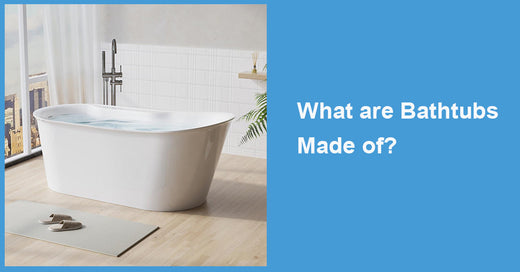
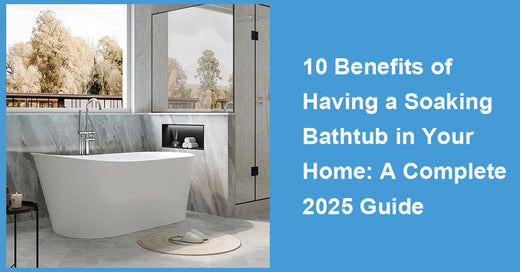
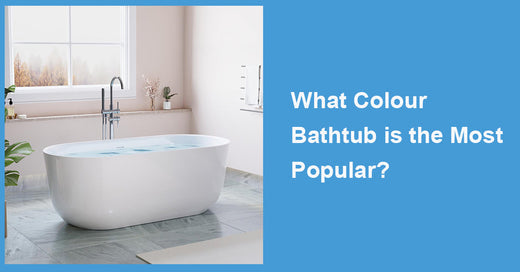
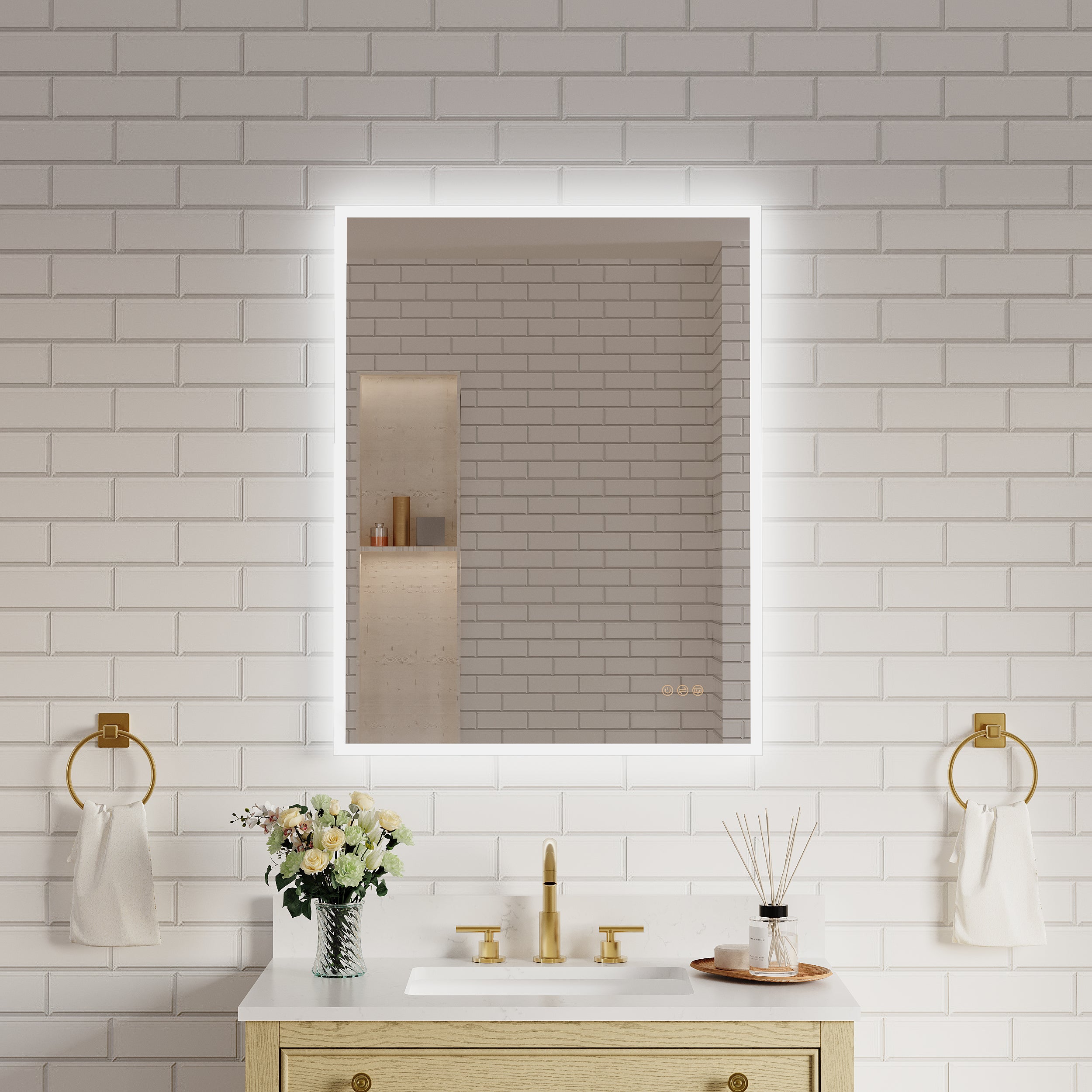

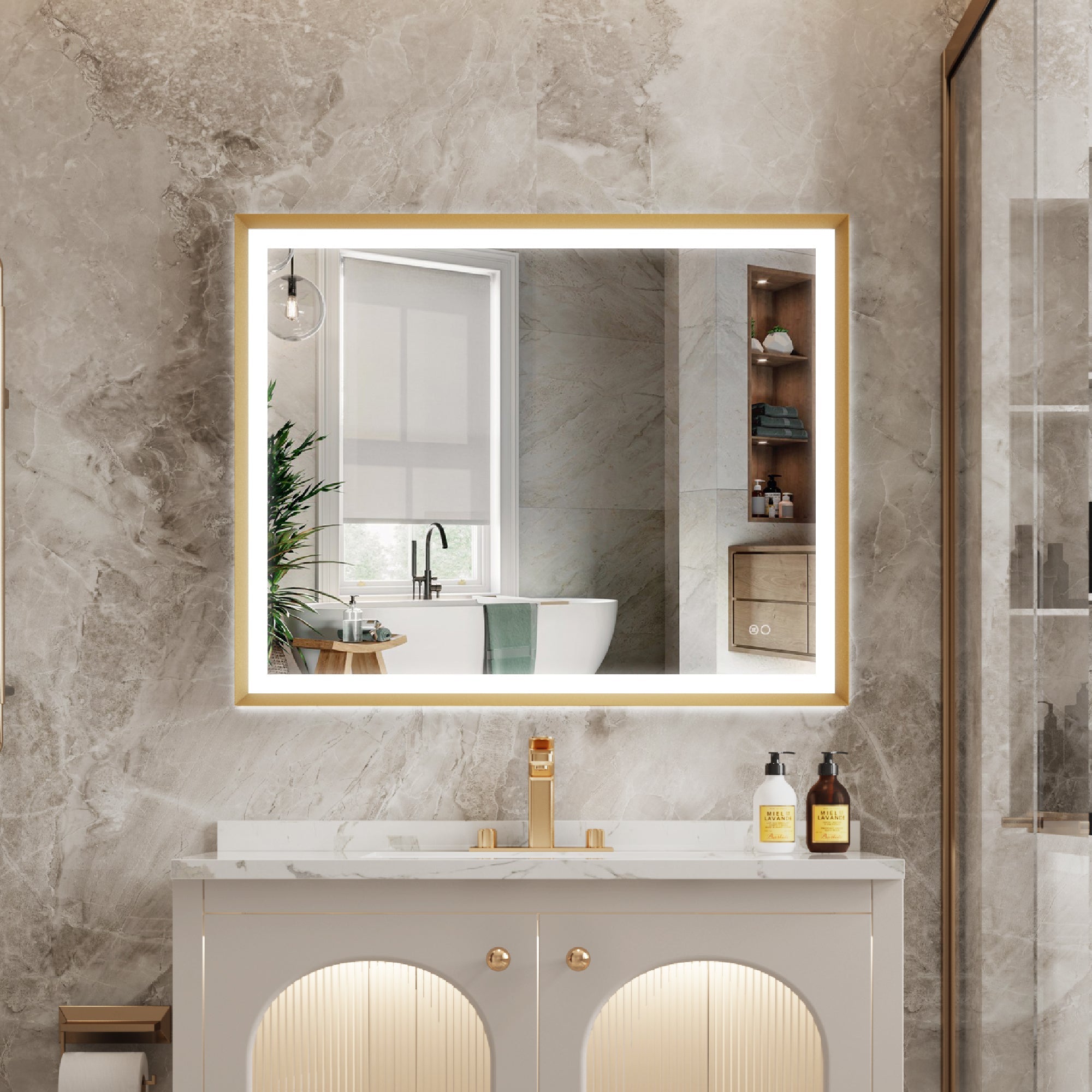

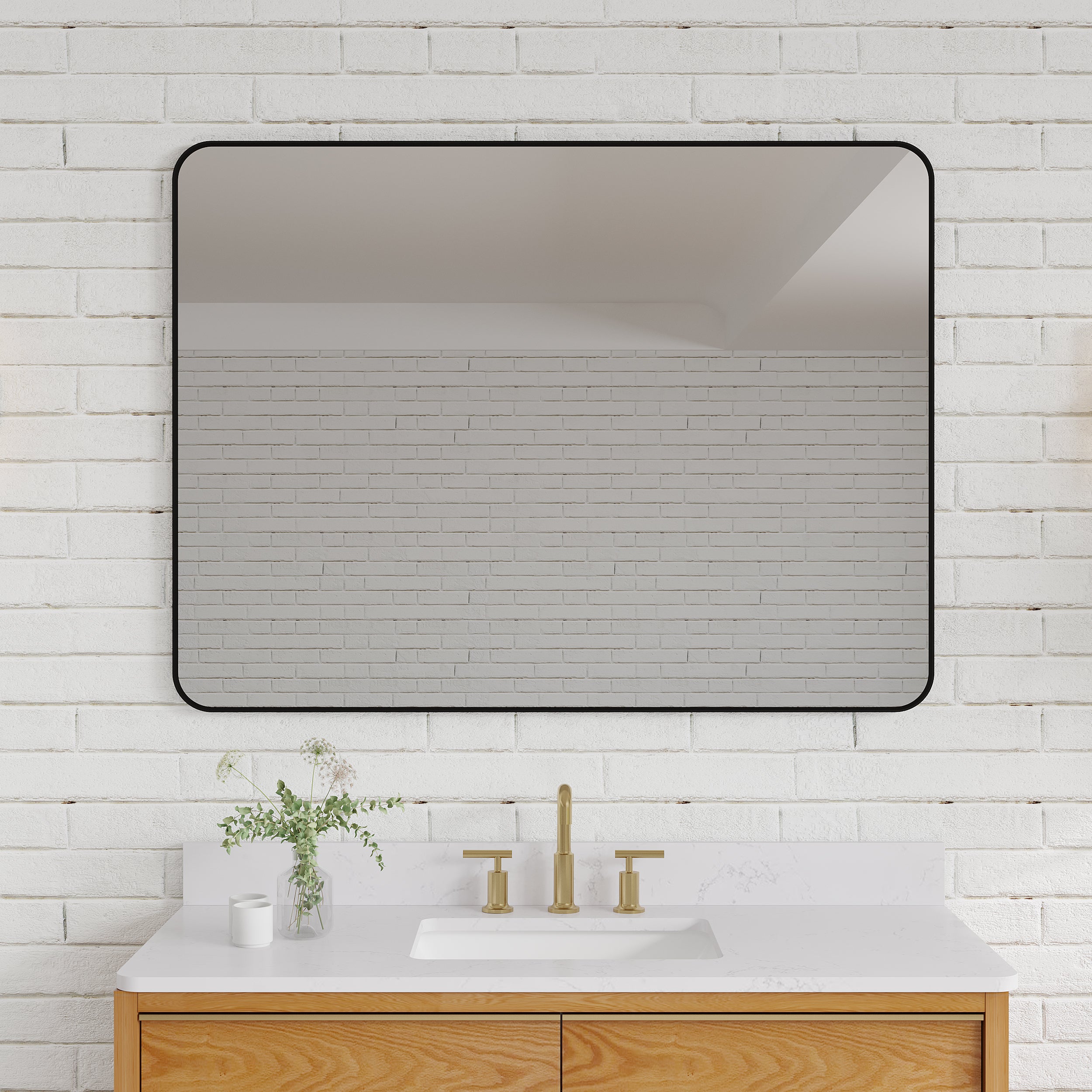

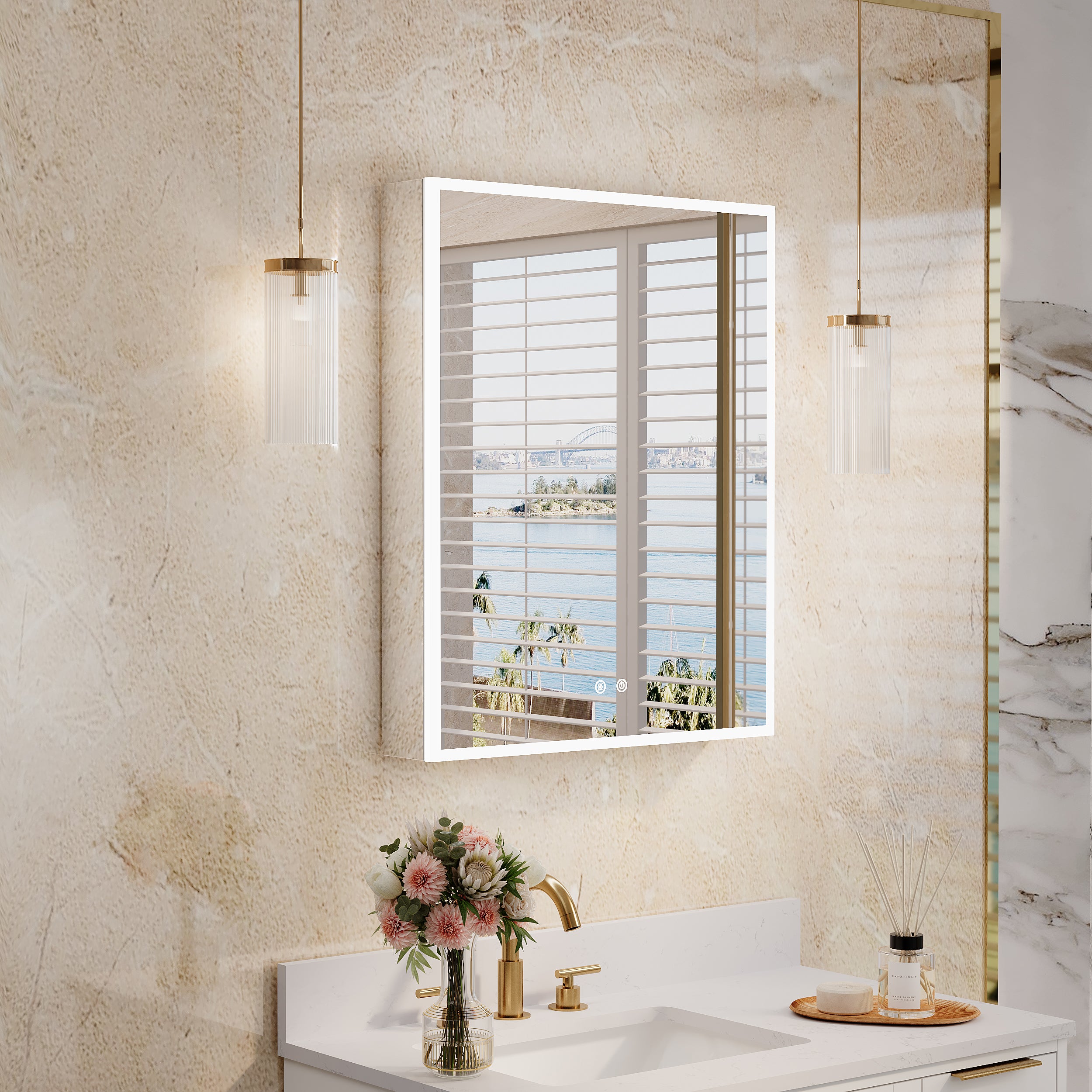
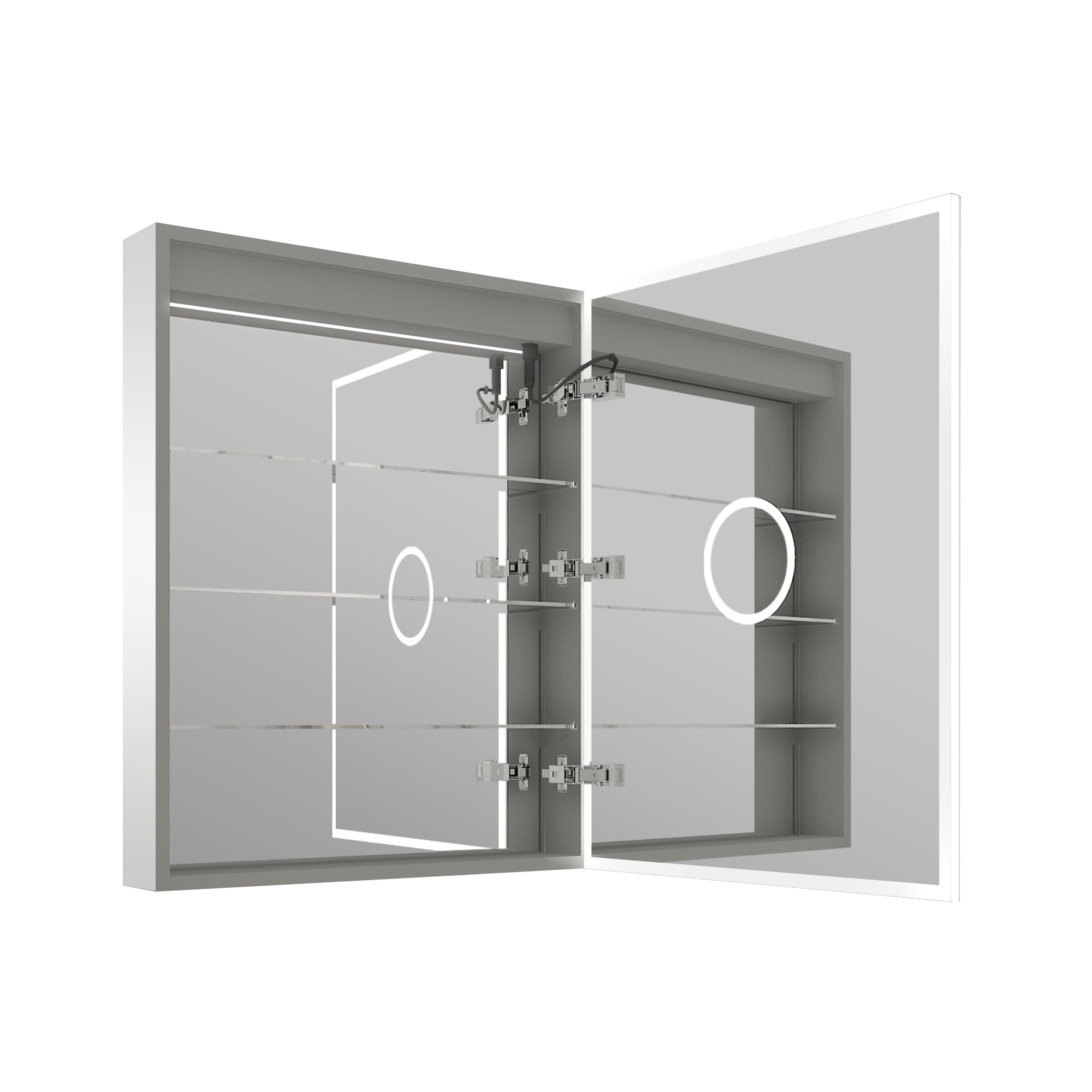


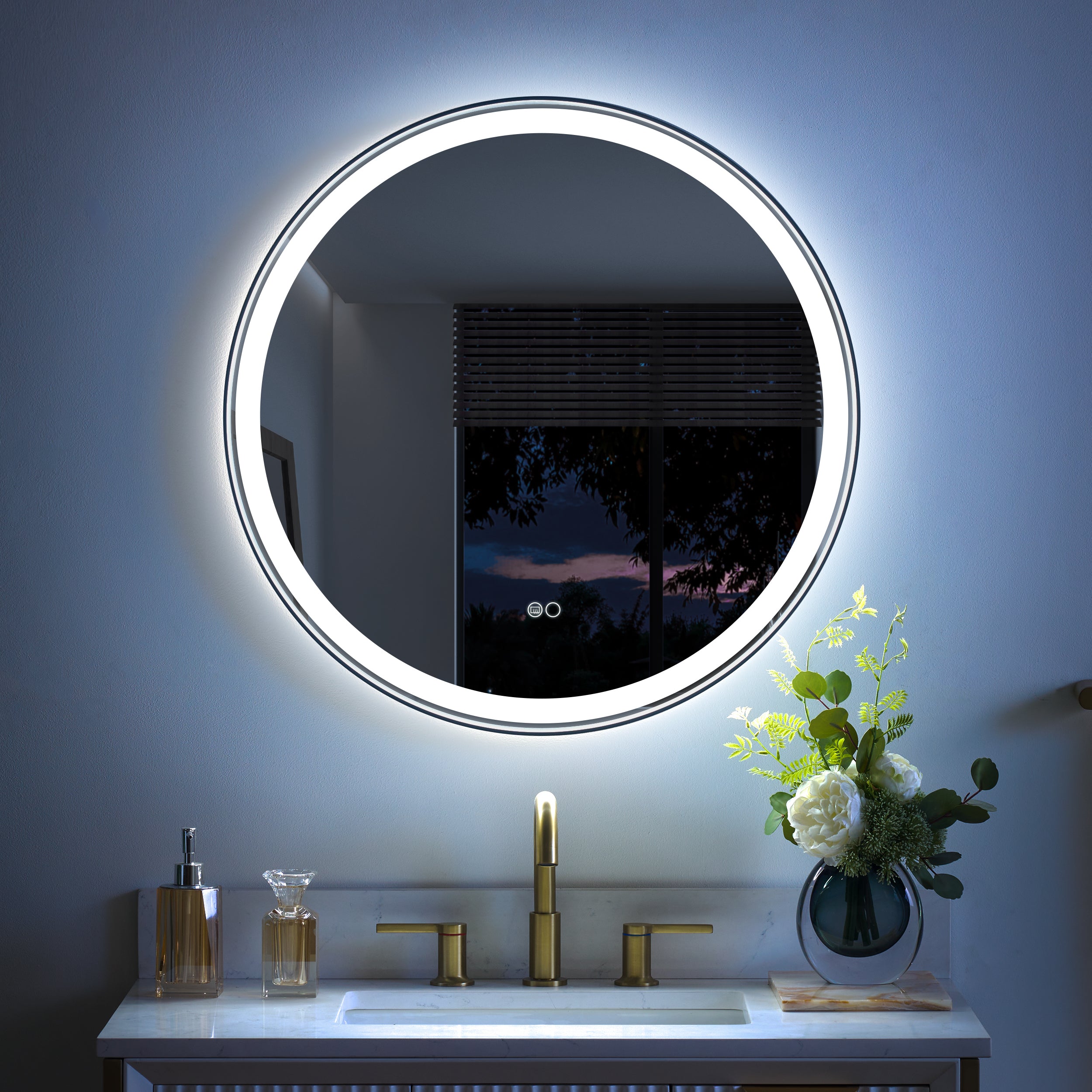

Leave a comment
This site is protected by hCaptcha and the hCaptcha Privacy Policy and Terms of Service apply.